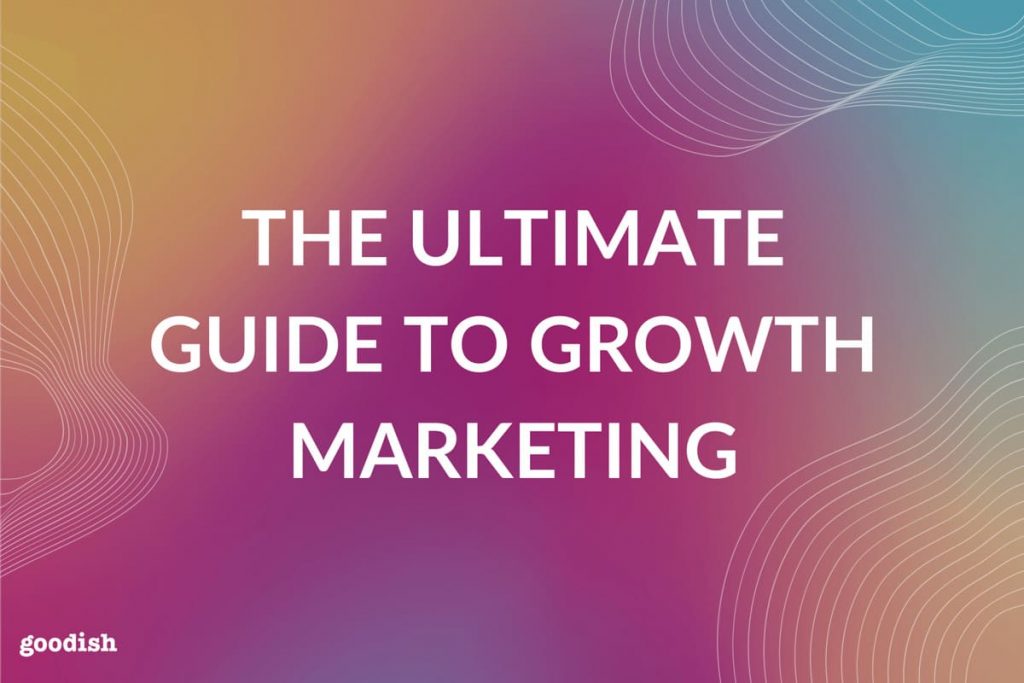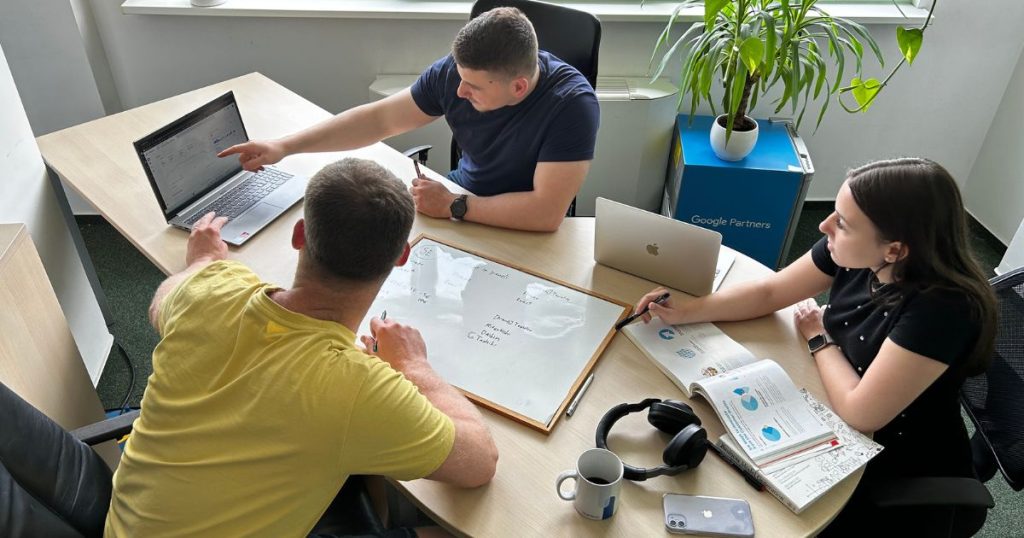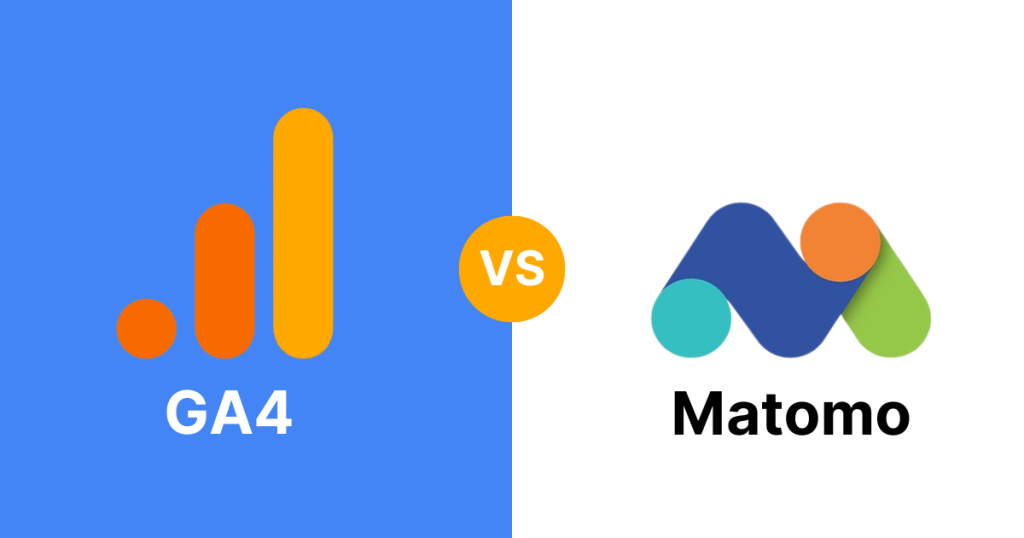If you have ever taken part in any marketing effort, you probably started with a persona. It seems the entire marketing sphere agrees that creating one is the first ingredient you throw in the pot when cooking up a strategy.
However, I’ve seen much of these processes being rushed and the personas built in a single marathon brainstorming session. Typically, the source of data for a persona created like that are the stereotypes of the meeting participants. They are coupled with coincidental insider knowledge, if you’re lucky. I would argue that even though such a persona has serious deficits, the process still helps to get the creative team on the same train of thought and energizes the processes coming after. But, let’s face it, the product cannot be anything more than a polished pdf poster of the team members’ average stereotype.
So, what can you do to avoid the scenario of a persona being a 6 man-day poster of your stereotype? Add science, what else.
What to Keep in Mind
The UX guru Alan Cooper put it this way: “A persona is a precise descriptive model of the user, what he wishes to accomplish and why.” For me, a good persona is a set of relevant, actionable and unbiased facts about the needs of your typical user, which serves as the foundation of all creative processes in the design process of your team.
Dos:
- base persona on data,
- every bit has to be relevant,
- every bit has to be actionable.
Don’ts:
- Stereotyping. Especially if you are not an expert on the subject matter. It should reflect reality, not stereotypes.
The Process
- Collect the data
- Identify groups
- Build archetypes
Collect Quantitative Data
You don’t need to be a statistician to build the understanding of the data. You can simplify many of the steps. For example, you can do manual clustering with arbitrary cutoffs, instead of using a statistical tool. But knowing what the analysis means, really helps the interpretation phase. If you can’t conduct a survey, you can use web data. Web analytics on the user level. Base it on engagement metrics and build from there.
Surveys which generate value
Writing good questions
Questions should be:
Relevant
Example of an irrelevant question, if you are building a beauty e-commerce shop:
How satisfied are you with beauty products bought online?
It is not relevant to the person shopping for beauty products:
- it refers to the past,
- the answers are not going to help you build a connection with your buyers.
BETTER: How satisfied are you with the experience of buying beauty products online?
- This connects better with the person in the exact moment of buying.
Actionable
How many of the products you are currently using are cruelty-free?
BETTER: Do you check for the cruelty-free logo, when you buy beauty products?
- It is important to know what the user wants, not what the user has.
Unbiased
Do you prefer buying your beauty products online from the comfort of your home or driving to a brick and mortar store?
This statement is not neutral, it uses word pictures to make one of the options seem more attractive.
BETTER: Would you rather buy your beauty products online or in a brick and mortar store?
The Length
The survey should be around 15-20 questions long. They can be organised in groups, which makes them easier to go through. Like: “How important are each of the following factors when buying a ___”, and continue with a list of factors.
Adding open ended questions comes super handy when building archetypes, collecting useful swipe copy and testimonials to use on your website. You should collect the voice of the customer whenever possible.
Answers shouldn’t be just a 1-5 scale, use plain & simple words. Then transform it to numbers for data processing.
Which Tool?
Google Forms – it’s free, but limited. Still, probably the best compromise out there.
Hotjar – has an option of adding a snippet on your website, and has a handy dashboard where you can turn surveys on and off yourself.
Or any other tool that allows you to set open-ended questions.
How Many Responders?
Ideally you would do 300-1000 participants. If that’s not possible, try to get at least 100. Do factor analysis and cluster analysis to gain more confidence and certainty, even if the number of responses is low. You will at least get an idea of which clusters are out there.
Final Product
Responses are usually in a .csv or spreadsheet form.
Each row should be a response (one unique participant) and each column a variable (the answer to a question).
Identify Groups – Statistical Clustering
Let’s say you have 20 questions in your survey – that’s 20 responses for each participant. That’s a lot. There’s a way to simplify that data and get insights from the pile of data you have collected.
Exploratory Factor Analysis – EFA
The idea behind this approach is that even though you have for example, 20 questions, you are in reality tapping into just one or a few key issues. Those couple of underlying factors are reflected in the answers to questions. With EFA you basically simplify all of the questions into just a couple of factors, which give you the indication of what the person would choose and how they would behave.
Think of the questions that are similar to others. Asking the questions in multiple different ways gets you a better representation of that underlying factor, and their similarity makes it possible to grade them on the same scale.
What’s interesting is, that you don’t need to know what these factors are, before you create a survey. But – you do need to pick the number of factors you think are influencing the buyer. You can do multiple iterations, until you find the analysis satisfactory. The factor analysis quantifies the influence each factor has on the analysis.
EFA:
- identifies questions that grouped around one factor,
- identifies relationships between theoretical factors,
- assigns the weight of importance of each factor by respondent.
Identify Clusters
Based on the values of factors attributed to each of the participants you can now use tools to visualize the groups of similar participants. Once you have the clusters you can average the factors for each particular cluster to find your average cluster member.
How to do this?
You can use R, SPSS, Wessa. Orange, if you are into visual programming. If statistics is not your thing, find a data scientist to do it for you.
Build Archetypes
The archetype would be a visual representation of all the data that you have collected. All kinds of data. Start from the user’s needs – it makes it more relevant and meaningful. Addressing the needs will allow you to find the solutions.
For each of the clusters start describing the average values of factors. Then go look at the demographic data, income, location and look for common factors. Also find a suitable picture which represents part of the demographics in that particular cluster. Include a few quotes from the open-ended questions. Open-ended questions could also be used to build word clouds.
In Conclusion – Personas Are Useful, but They Have an Expiry Date
Personas are not forever, but they will stay ‘fresh’ for at least a couple of months. Don’t overgeneralize without validating and don’t forget to test the conclusions every 6 months or so.
Continue feeding your brain with relevant information to skyrocket your company’s growth. Learn How To Understand Customers.











